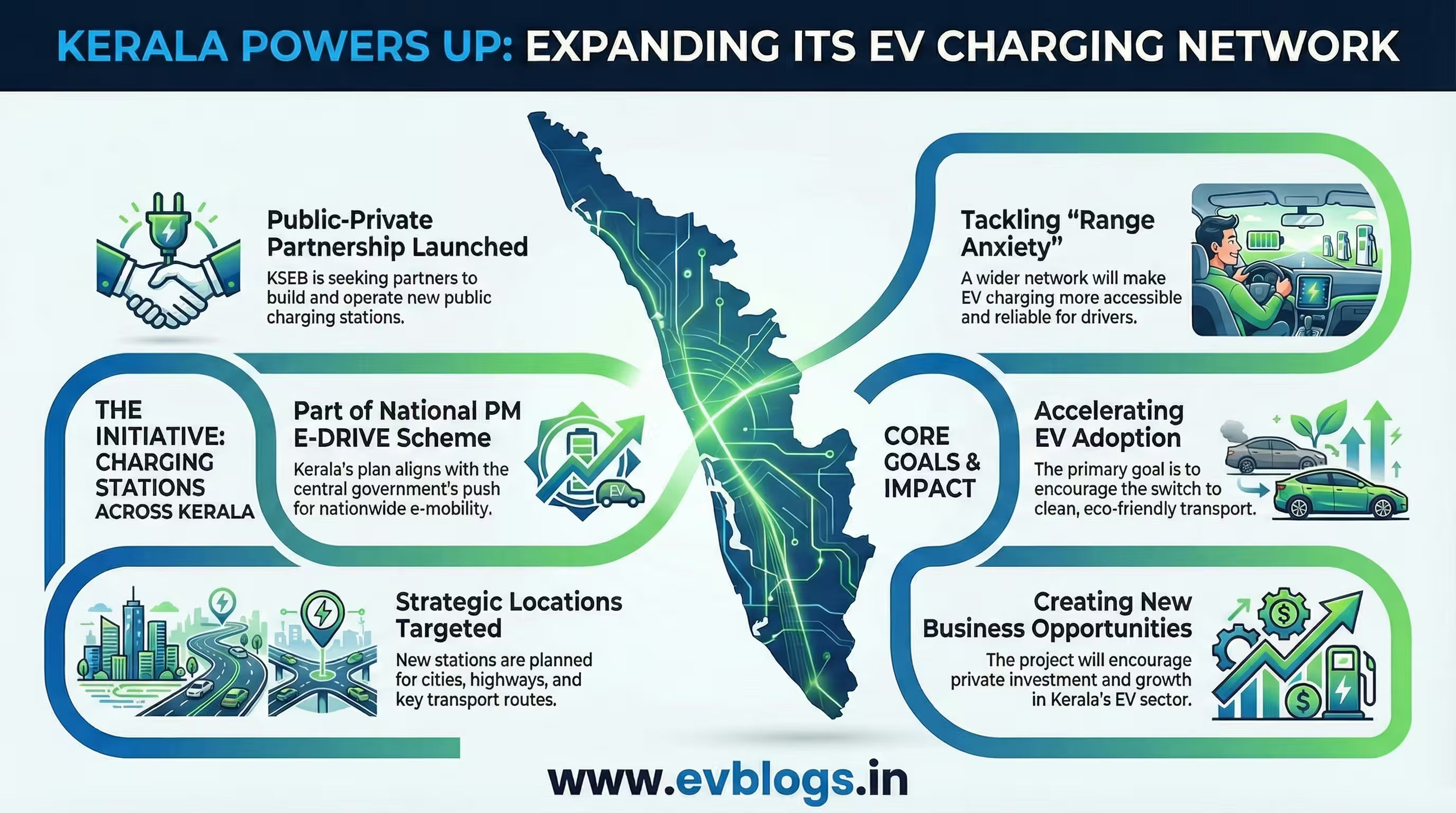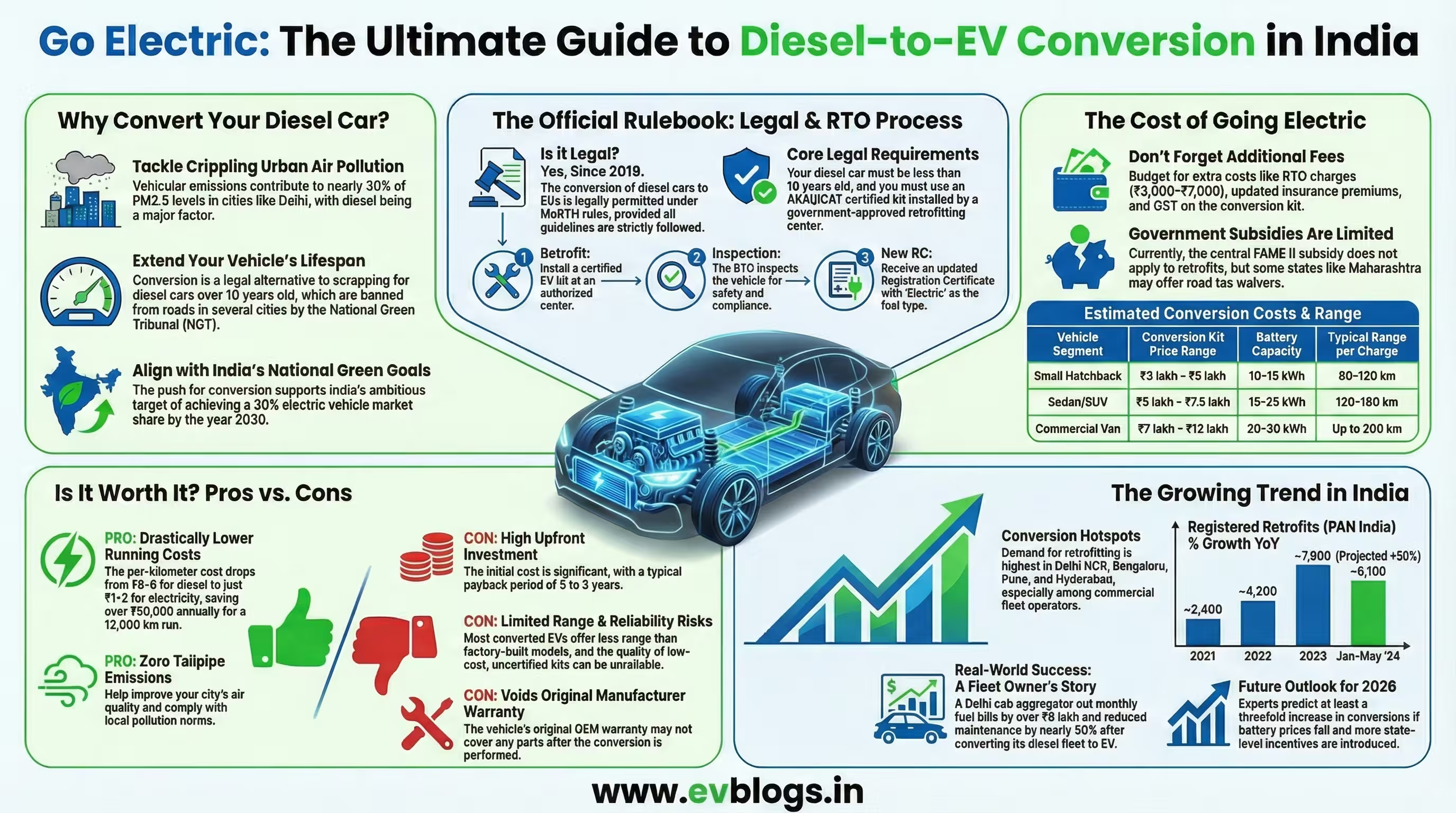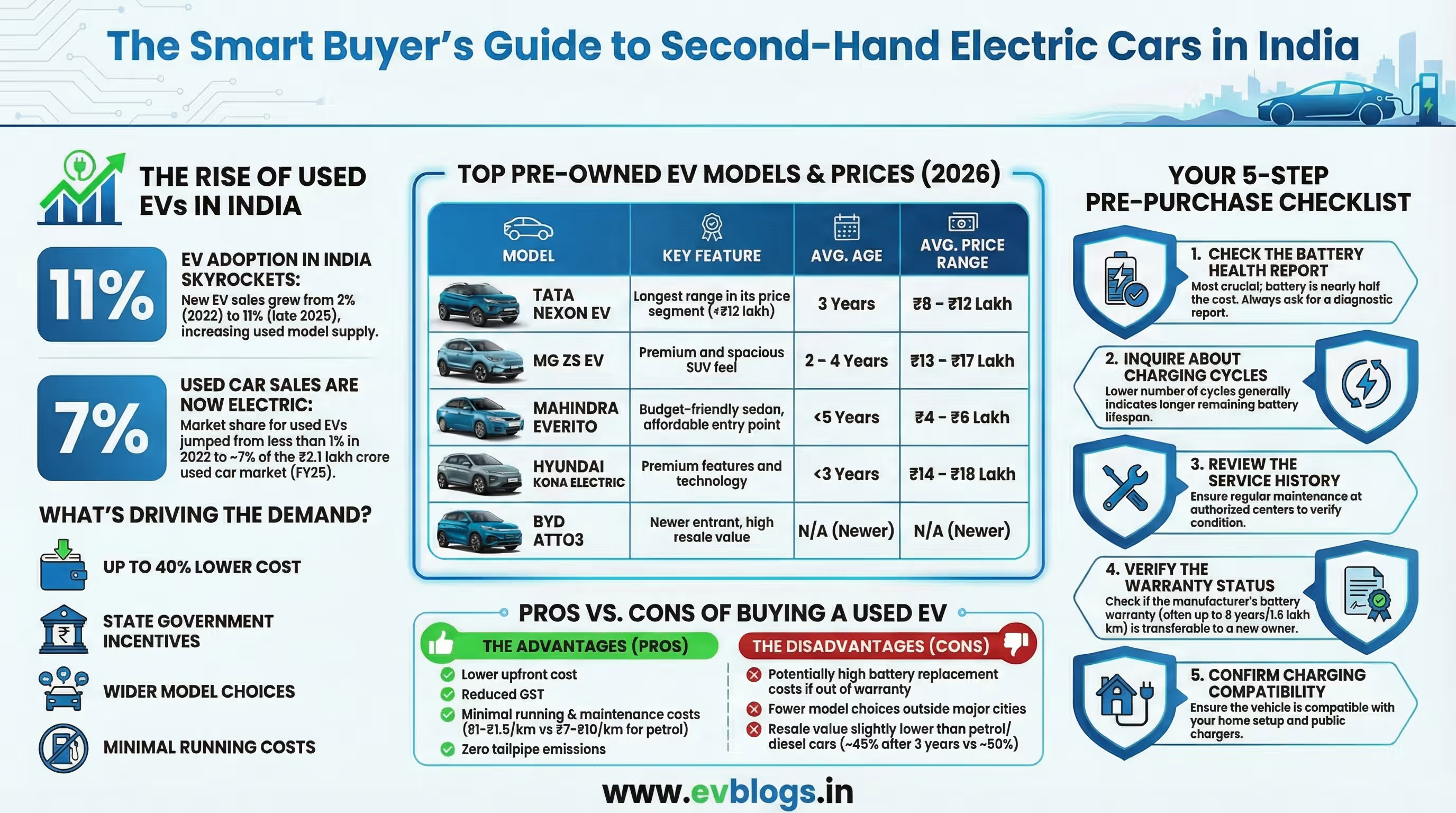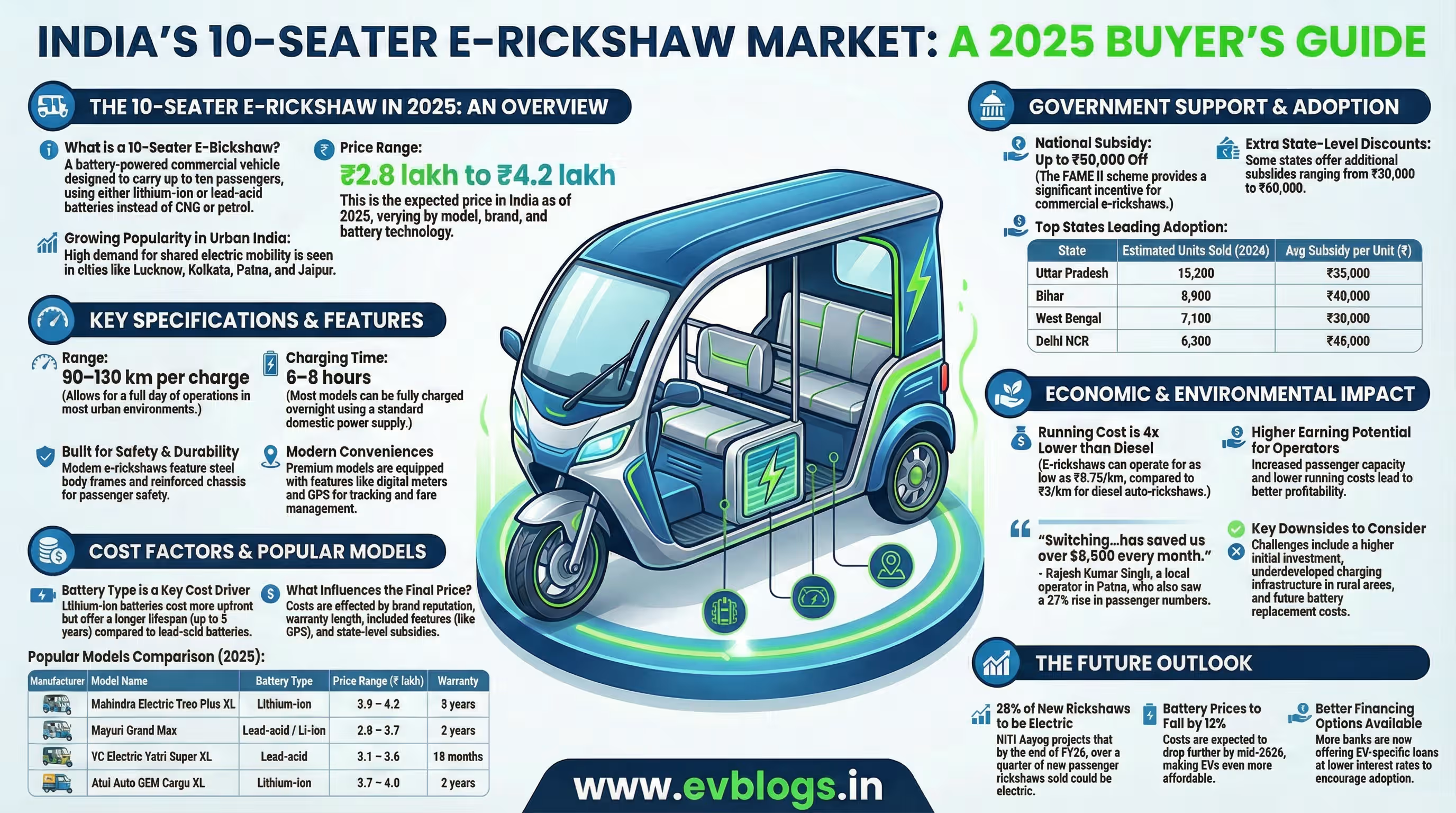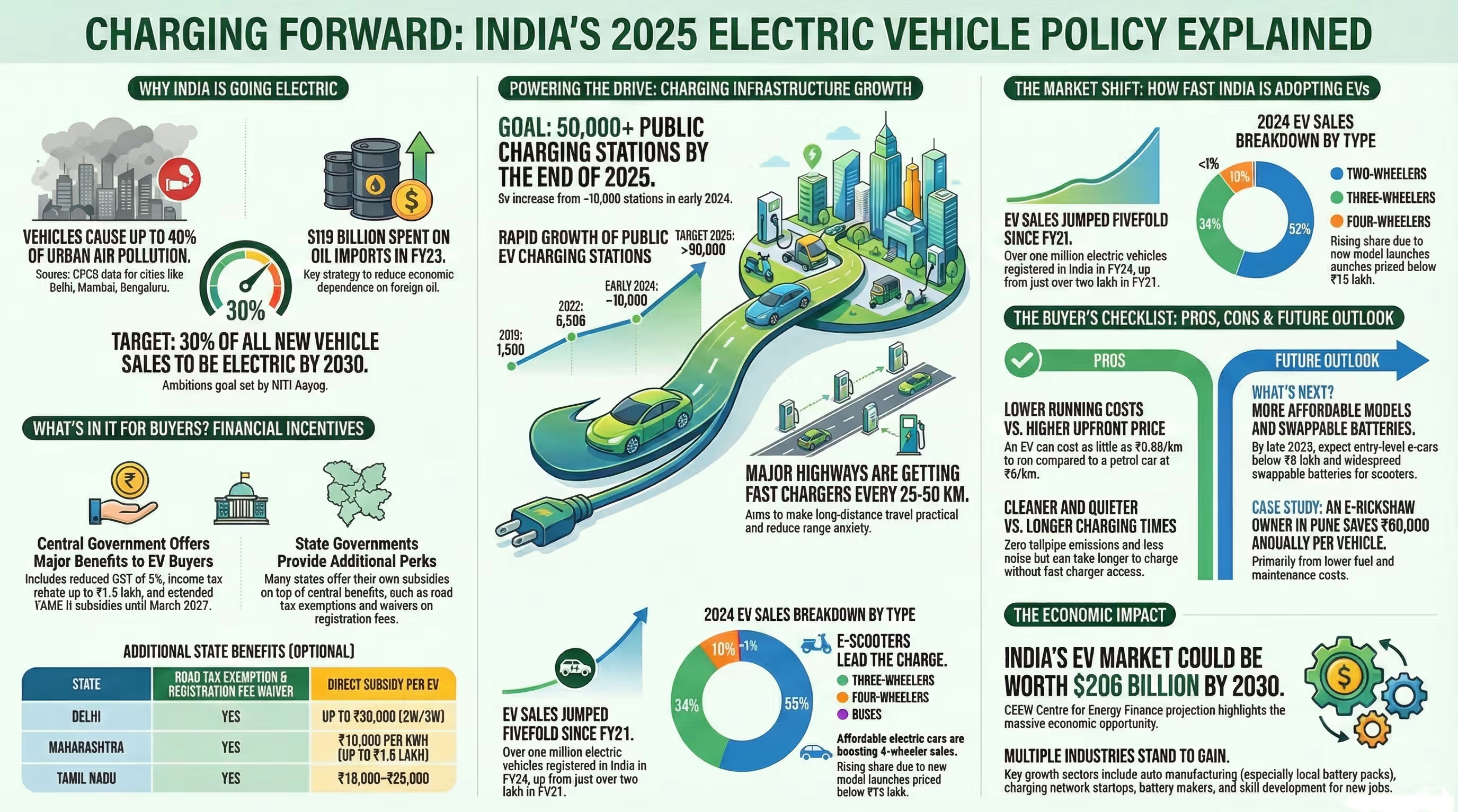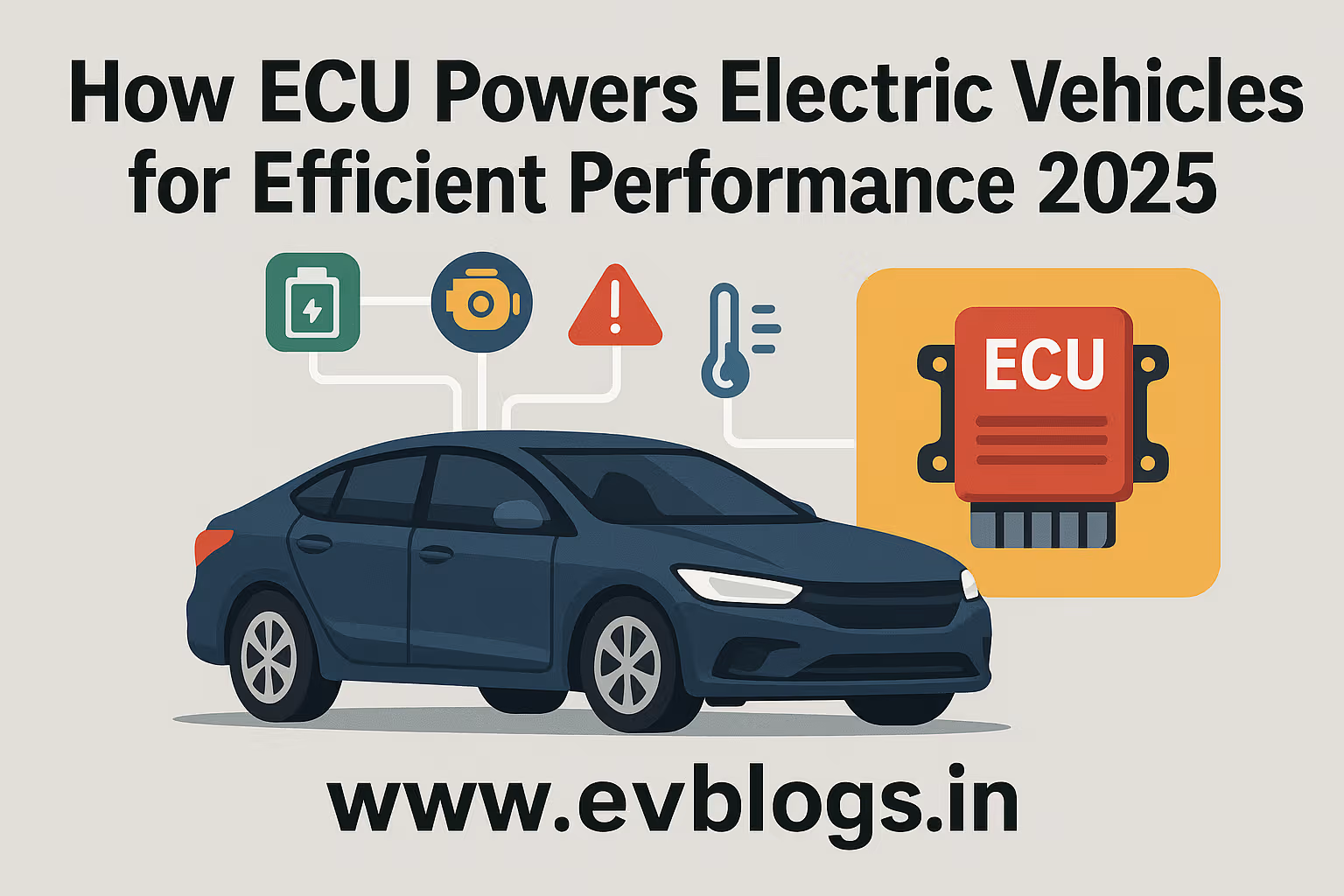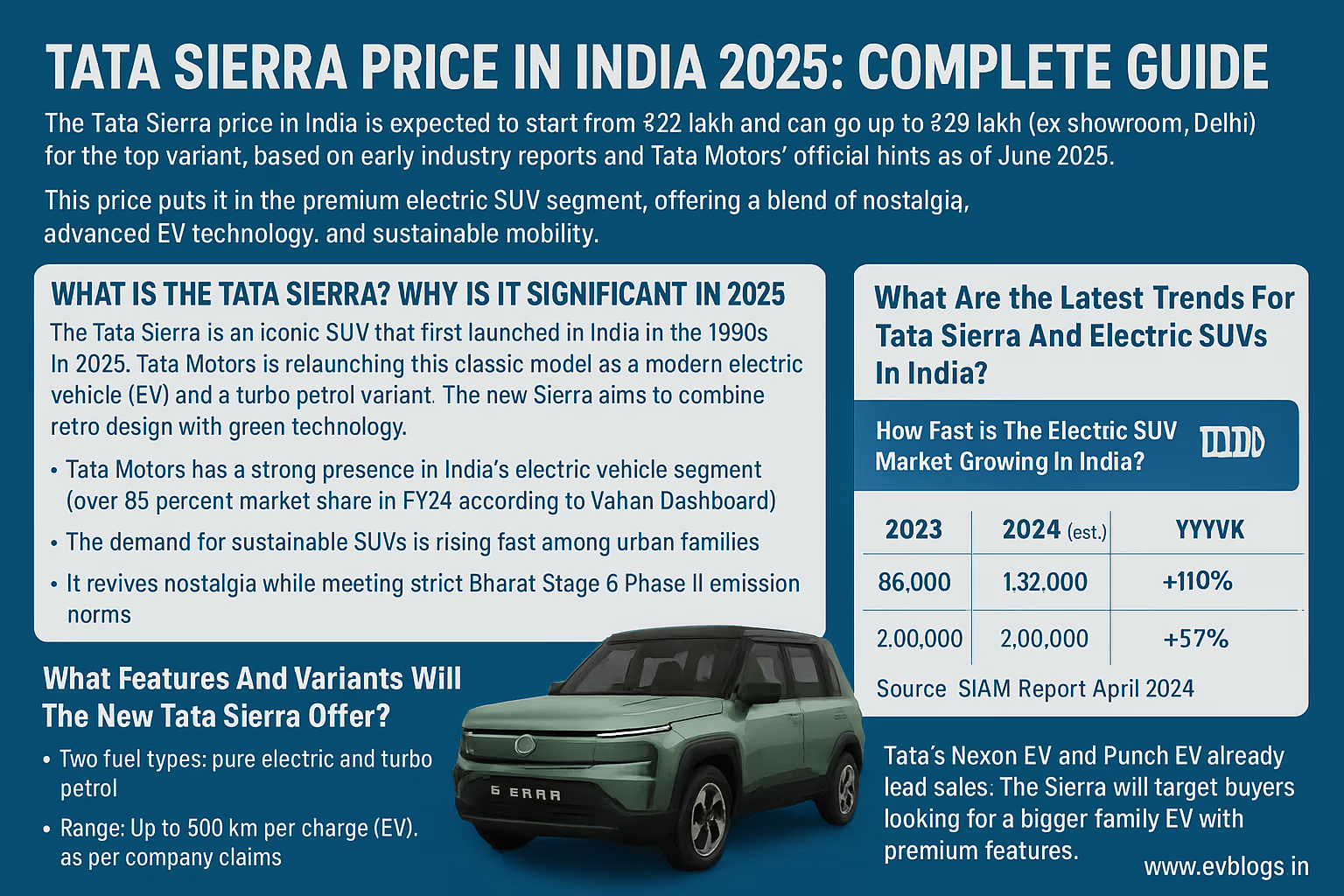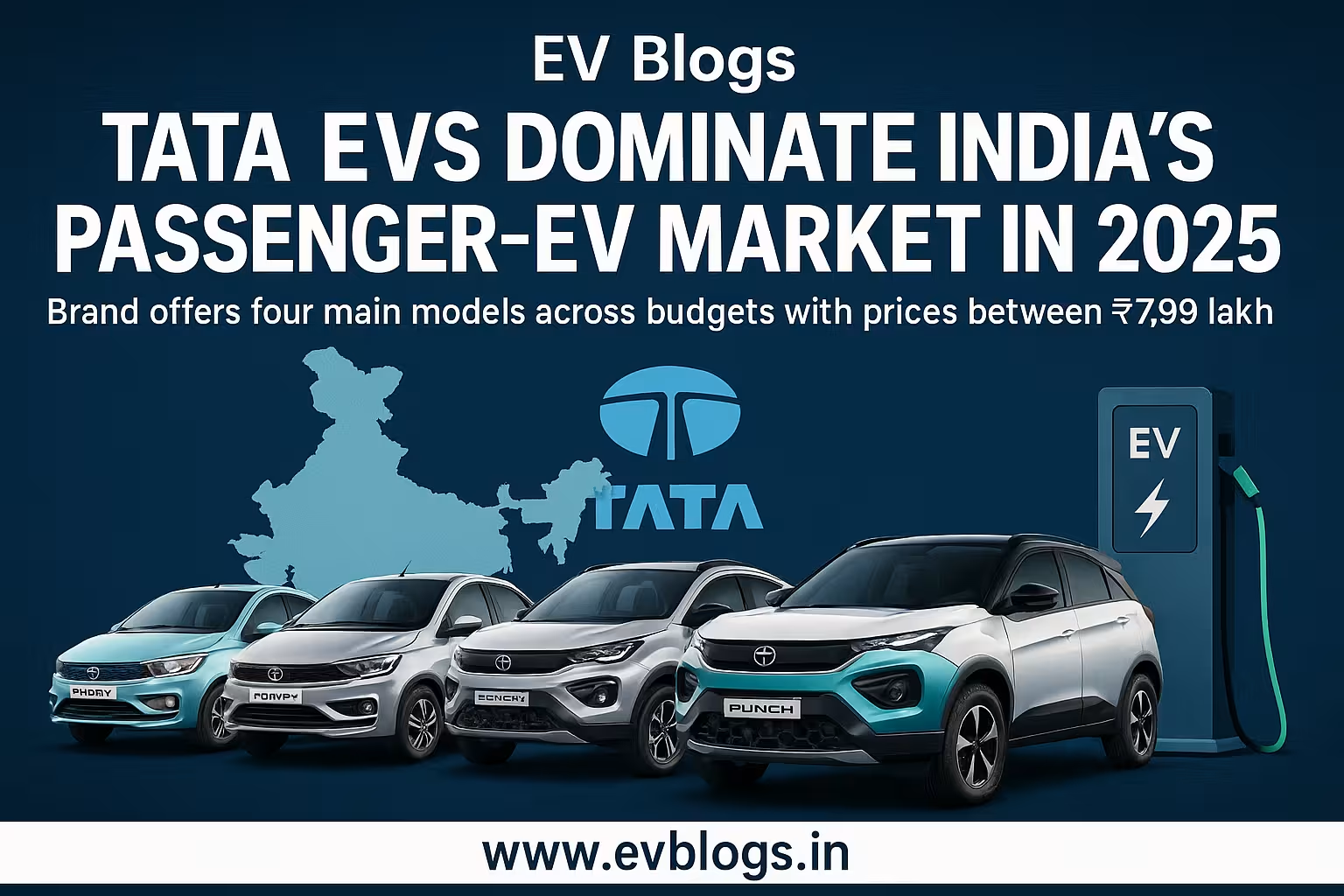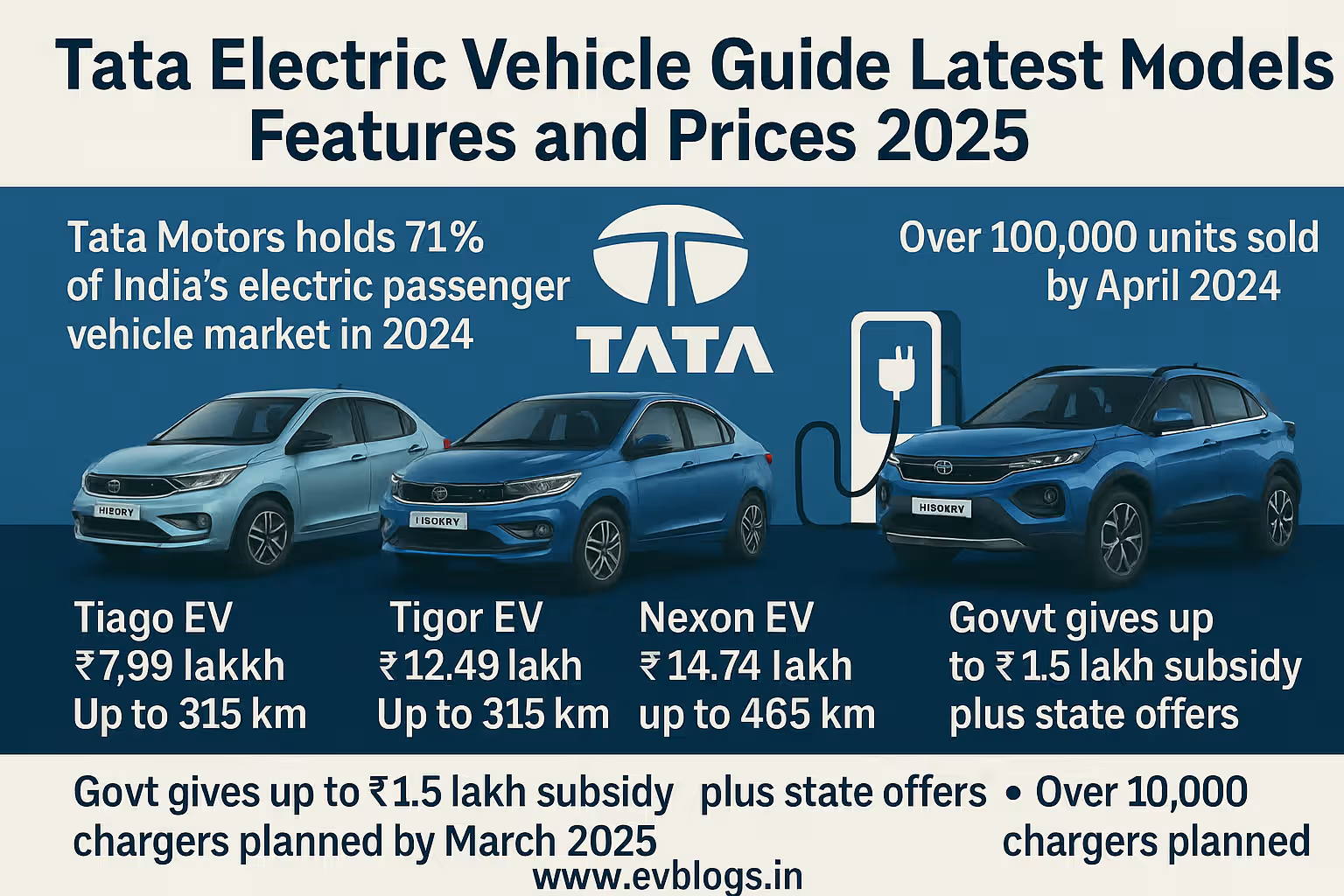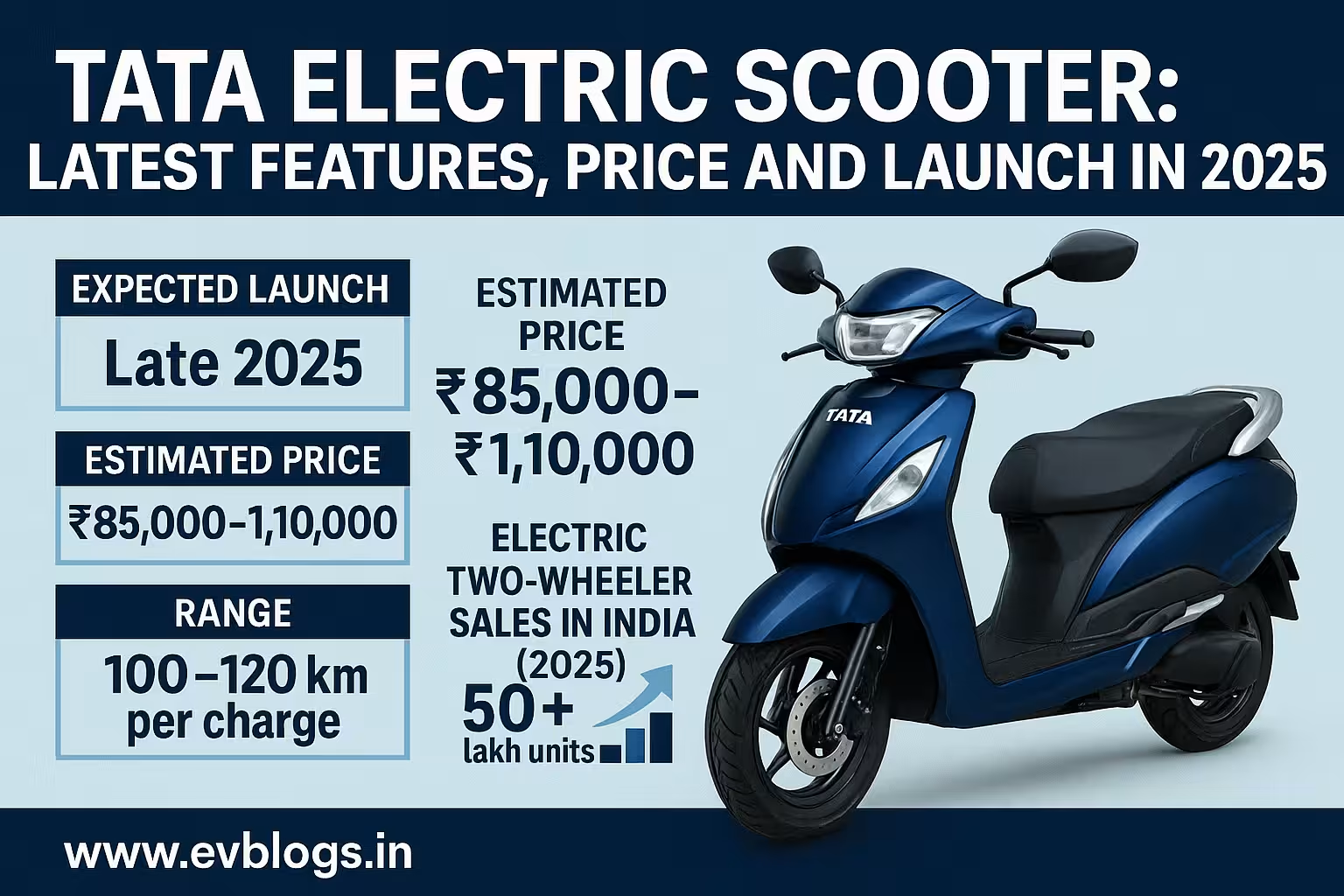Hedhvick Hirav
Hedhvick Hirav is a dedicated EV researcher and editor with over 4 years of experience in India’s growing electric vehicle ecosystem. Their contributions have been recognized in leading sustainability publications and automotive journals.
Summarize & analyze this article with
Choose an AI assistant and open this article directly:
Tip: if the AI doesn’t fetch the page automatically, paste the article URL manually.

Electric Vehicle Subsidy in Manipur: A 2025 Guide for Residents, Buyers, and Stakeholders
Introduction: Why Electric Vehicle Subsidies Matter in Manipur
With India’s push towards sustainable mobility, electric vehicles (EVs) have emerged as a promising solution to reduce pollution and dependency on fossil fuels. States like Manipur—grappling with rising fuel costs, environmental concerns, and limited public transport infrastructure—stand to benefit immensely from EV adoption.
In recent years, the Government of Manipur has introduced incentives and subsidies to encourage residents to switch from conventional vehicles to electric alternatives. These efforts are not only aligned with national policies like FAME II (Faster Adoption and Manufacturing of Hybrid & Electric Vehicles) but also tailored to local needs.
This article provides an in-depth, people-first look at the current (2025) status of electric vehicle subsidies in Manipur. Whether you are a potential buyer, policy stakeholder, or simply curious about EVs, this guide will help you understand eligibility criteria, benefits, application processes, practical advice, and the real-world impact of these schemes.
Understanding Electric Vehicle Subsidy in Manipur
The National Context: FAME II and Its Impact
India’s flagship FAME II scheme underpins most state-level EV subsidy frameworks. Launched by the Ministry of Heavy Industries & Public Enterprises, FAME II offers incentives for electric two-wheelers, three-wheelers, passenger cars, and commercial vehicles across the country.
Key features of FAME II relevant to Manipur:
- Incentives based on battery capacity (up to Rs 15,000 per kWh for two-wheelers)
- Support for charging infrastructure
- Focus on public transport electrification
State-Level Action: Manipur’s EV Policy 2022–2030
Recognizing local challenges—such as difficult terrain and high fuel transportation costs—Manipur unveiled its own Electric Vehicle Policy (2022–2030). It aims to:
- Achieve 25% electrification of new vehicle registrations by 2030
- Build localized charging infrastructure
- Offer direct purchase subsidies over and above central incentives
- Exempt certain taxes and fees for EV buyers
Types of Subsidies Available
Manipur offers a mix of direct financial assistance and indirect benefits:
| Subsidy Type | Description | Eligibility |
|---|---|---|
| Purchase Incentive | Upfront discount on purchase price | New EV buyers |
| Road Tax Exemption | Waiver of state road tax for EVs | Registered in Manipur |
| Registration Fee Exemption | No fee for initial vehicle registration | All new EVs |
| Scrappage Incentive | Bonus for scrapping old ICE (petrol/diesel) vehicles | With valid scrap certificate |
| Charging Infrastructure Grant | Support for setting up private/public chargers | Individuals/Enterprises |
Who Is Eligible? Key Criteria Explained
General Eligibility Criteria
To avail the subsidies:
- The applicant must be a resident or business entity registered in Manipur.
- The vehicle must be purchased from an authorized dealer within the state.
- Only new electric vehicles are eligible; retrofitted or used EVs may not qualify.
- For scrappage incentive: Owner must provide proof of scrapping an old petrol/diesel vehicle registered in Manipur.
Eligible Vehicles
The following categories typically qualify:
- Electric Two-Wheelers: Scooters/motorcycles complying with FAME II norms
- Electric Three-Wheelers: E-rickshaws, auto-rickshaws
- Electric Four-Wheelers: Personal cars and taxis
- Light Commercial Vehicles: E-vans, e-loaders used for goods delivery
Note: Specific models approved under FAME II are usually eligible. Always check with the dealer or transport department for up-to-date lists.
Benefits of Electric Vehicle Subsidy in Manipur
Financial Savings at Purchase
EV buyers can save significantly through combined central (FAME II) and state subsidies:
Example Calculation:
Suppose you buy an electric scooter costing Rs 1 lakh with a 2 kWh battery.
- FAME II Subsidy: Rs 15,000 x 2 = Rs 30,000
- Manipur State Subsidy: Up to Rs 10,000 extra (varies by model/year)
- Net Price After Subsidies: Rs 60,000
Actual figures may vary; check latest notifications.
Reduced Road Tax and Registration Costs
On-road prices drop further because:
- State road tax is waived (saving up to several thousand rupees)
- No registration fees for new EVs
- Insurance premiums may also be lower due to regulatory support
Scrappage Incentive: Double Benefit for Old Car Owners
If you scrap your old petrol/diesel vehicle when purchasing an EV:
- Additional bonus/incentive is provided (subject to verification)
Lower Running Costs & Maintenance
EVs offer much lower “fuel” costs per km compared to petrol/diesel vehicles—a huge plus given fuel logistics challenges in hilly states like Manipur. Maintenance is also cheaper due to fewer moving parts.
How To Apply: Step-by-Step Process for Claiming Subsidies
Getting your subsidy is straightforward if you follow these steps:
Step 1: Choose an Eligible Model & Dealer
Consult approved vehicle lists from both central (FAME II) and state authorities before finalizing your purchase.
Step 2: Prepare Required Documents
Typically needed:
- Proof of residence (Aadhaar card/voter ID)
- PAN card
- Vehicle purchase invoice
- Bank account details
- Old vehicle scrap certificate (if claiming scrappage incentive)
Step 3: Dealer-Assisted Application
Most authorized dealers facilitate online submission of subsidy claims at the time of purchase. They upload documents via portals integrated with government systems.
Step 4: Verification & Approval
Transport department officials verify documents. Approval timelines vary but generally take between two weeks to one month.
Step 5: Disbursement
The subsidy amount is either deducted upfront from the invoice or credited directly to your bank account after approval.
Step 6: Avail Tax/Registration Waivers
At RTO/Transport Office:
- Submit exemption claim forms along with your documents.
- Receive registration certificate without paying road tax/registration fee.
Expert Insights: What Industry Leaders & Policymakers Say
Dr. R.K. Imphal Singh (Transport Department official):
“Manipur’s terrain makes fuel logistics challenging. By incentivizing electric mobility—especially two-wheelers—we aim not just at cleaner air but also at cost savings for families.”
Meera Chanu (Local auto-dealer):
“We’ve seen a sharp rise in inquiries about e-scooters since subsidies increased last year. Most buyers are young professionals or families looking for budget-friendly commuting.”
Abhishek Mukherjee (EV Policy Analyst):
“State-level incentives stack well with FAME II benefits here. Timely disbursal is crucial—dealers who handle paperwork efficiently help buyers get maximum value.”
Practical Advice For Prospective Buyers in Manipur
Tips To Maximize Your Benefits
- Check Latest Policy Updates: State incentives can change annually based on budgets; always confirm latest amounts.
- Buy From Authorized Dealers Only: This ensures eligibility and smooth processing.
- Compare Models Carefully: Look at battery size/capacity since higher-capacity batteries attract more subsidy.
- Explore Scrappage Option: If replacing an old car/bike, scrapping it officially can net extra benefits.
- Consider Charging Access: Opt for models compatible with common charging connectors available locally.
- Retain All Documentation: Keep digital copies of invoices/subsidy receipts—they may be required during resale or transfer.
Use Cases Relevant To Manipuri Residents
A student commuting daily between Imphal West and her college saves over Rs 800/month by switching from petrol scooter to subsidized e-scooter—enough to cover internet bills or other essentials.
A small kirana shop owner uses a subsidized e-loader van to deliver groceries within town—cutting operating costs by half compared to his old diesel tempo.
Comparison With Other North-East States’ Policies
How does Manipur stack up against neighboring states?
| State | Direct Purchase Subsidy | Road Tax Waiver | Charging Grants |
|---|---|---|---|
| Assam | Yes | Yes | Yes |
| Nagaland | Limited | Yes | No |
| Tripura | Yes | Partial | Yes |
| Mizoram | No | No | No |
| Manipur | Yes | Yes | Yes |
Verdict: Manipur’s package is among the most comprehensive in North-East India as of early 2025.
Frequently Asked Questions (FAQ)
Q1: Can I combine central FAME II subsidy with Manipur state subsidy?
Yes. Most new eligible EV purchases allow stacking both central and state incentives; check specifics before buying as some overlap conditions may apply.
Q2: How long does it take to receive my subsidy?
If processed via authorized dealers with complete documentation, approval typically takes two weeks to one month.
Q3: Are used/reconditioned electric vehicles eligible?
No; only brand-new EVs purchased from authorized dealerships currently qualify under both FAME II and state schemes.
Q4: Do all banks offer easy loans for electric vehicles?
Most leading banks now have dedicated green loan products at preferential rates—but availability may vary across branches in smaller towns.
Q5: What about battery replacement costs later?
Battery warranties often range from three to five years; factor future replacement into total cost-of-ownership calculations when choosing a model.
Q6: Is there enough charging infrastructure outside Imphal city?
Charging infra is growing but still sparse outside major towns; home charging remains the mainstay for most users currently.
Takeaway & Next Steps For Residents Interested In Electric Vehicles
The Government of Manipur’s proactive stance on electric mobility means that residents today can access some of India’s best financial incentives when switching from petrol/diesel vehicles to cleaner alternatives.
If you’re considering an EV purchase:
- Research eligible models thoroughly.
- Compare total costs after all subsidies.
- Confirm latest policy details with local dealers or transport offices.
- Retain all paperwork diligently.
- Factor in your location’s charging infrastructure before making a decision.
The transition not only saves money but contributes meaningfully towards cleaner air and reduced carbon footprint—a win-win situation as Manipur moves towards its ambitious green goals by 2030.


